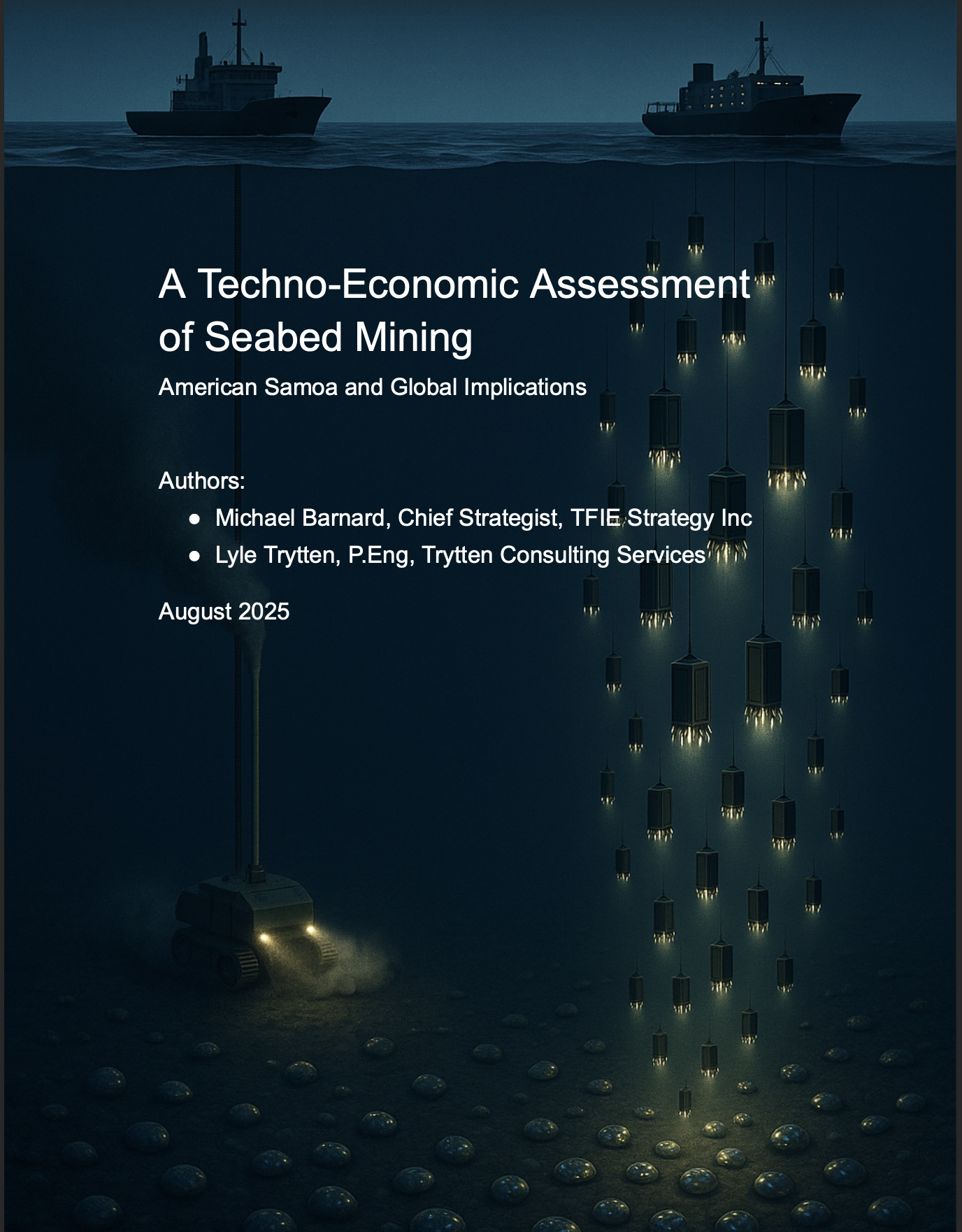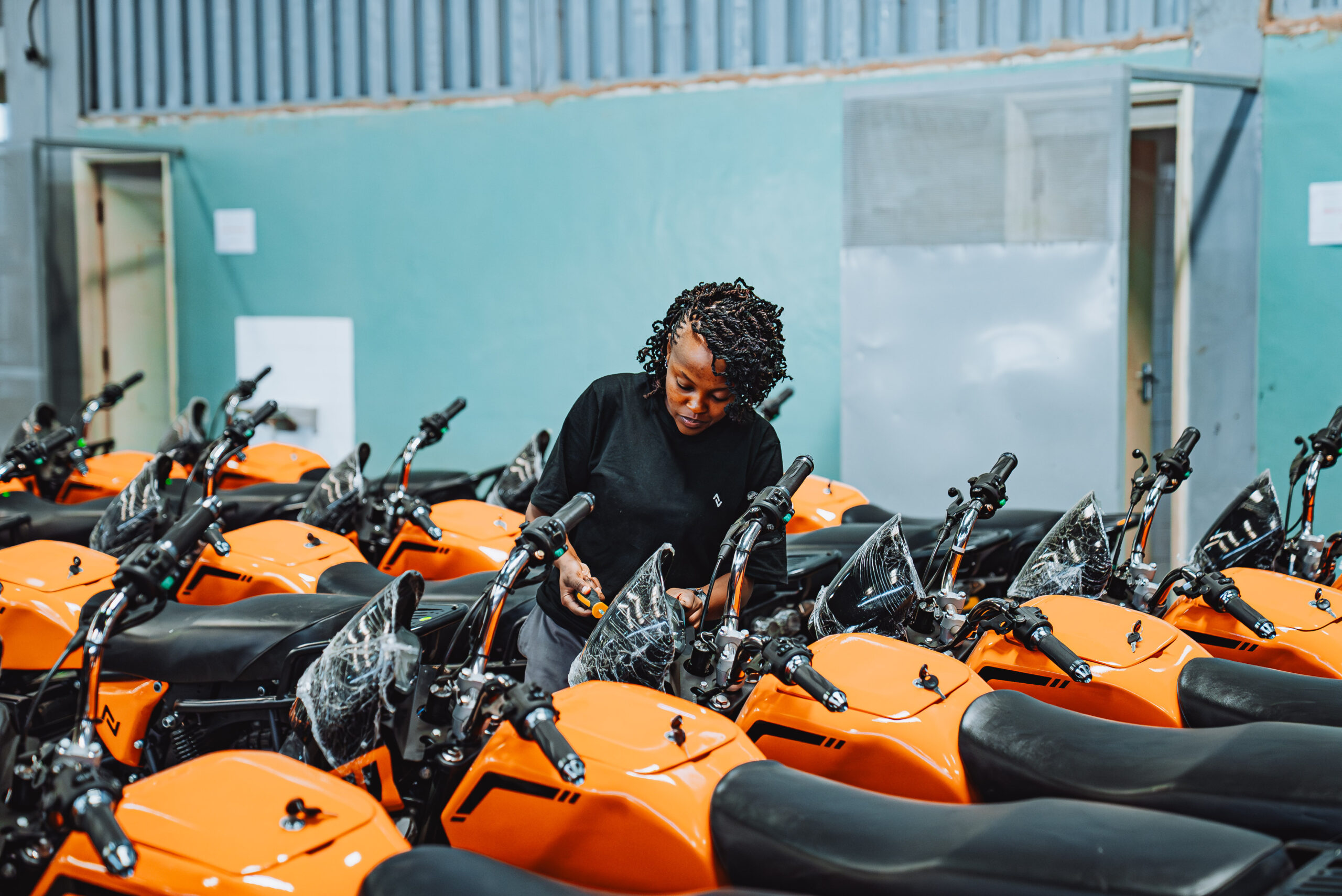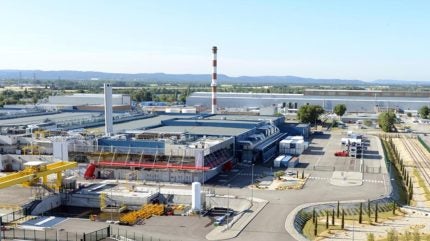
Tropical cyclone Megan wreaked havoc across the north of Australia in March 2024, forcing a key producer of manganese, Groote Eylandt Mining Company (GEMCO), to temporarily halt production on the island of Groote Eylandt. GEMCO – owned by South32 (60%) and Anglo American (40%) – is responsible for 87% of Australia’s manganese production.
Due to the overwhelming power of the storm, a manganese bulk carrier crashed into and partially destroyed GEMCO’s wharf. There was also significant damage to the surrounding roads and a critical bridge, which resulted in transport and fuel restrictions in the area.
Although GEMCO has now resumed partial production at Groote Eylandt, the development of new projects and expansion at existing mines will be essential if Australia is to maintain a key role in the market.
Australia’s position in the global manganese market
Australia was the world’s third-largest producer of manganese in 2023, behind South Africa in first and Gabon in second. However, since cyclone Megan hit, there has been a decline in manganese production, and Australia’s position is in jeopardy.
Overall, Australia’s manganese production is projected to have decreased by 32.1% in 2024 to 4.6 million tonnes (mt), according to Mining Technology’s parent company, GlobalData. The effects seen at calign with a broader trend of global manganese production decline, with other closures and disruptions of operations including Kazakhstan’s Kazmarganets mine, and the suspension of operations in Ukraine due to the conflict with Russia.
Australia contributes to global manganese production with more than just GEMCO. According to GlobalData, operating mines including Woodie Woodie, Butcherbird and Horseshoe Flats account for the remaining 13% of Australia’s manganese production. The Woodie Woodie mine, owned by Chinese company Ningxia Tianyuan Manganese Industry, produced 600,000 tonnes (t) of manganese in 2023, while GEMCO produced 5.9mt.
Despite the successful global presence Australia has established thus far, “competition from other major producers like South Africa, Gabon and China is intensifying”, says Vinneth Bajaj, senior mining analyst at GlobalData. If GEMCO’s production remains significantly impacted, Australia risks losing market share and its position as a leading manganese supplier.
Swift and effective recovery efforts on Groote Eylandt are crucial to mitigate these risks and maintain Australia’s competitiveness in the global manganese market, alongside project expansions.
GEMCO recovery update
Almost a year on from cyclone Megan, dewatering of the mining pits and a phased reopening of Groote Eylandt is under way, but there is still work remaining before a return to full operations.
South32 said on 13 February that production had resumed from the primary concentrator and that production guidance in fiscal year 2025 (FY25) remains unchanged at one million wet tonnes (mwt), set to rise to 3.2mwt in FY26.
According to South32, export sales are expected to progressively increase over the June 2025 quarter, subject to further potential impacts from the wet season.
“We have completed construction of the haulage road bridges that were absolutely smashed by the cyclone,” stated Graham Kerr, South 32’s CEO, during a results call. “We have already removed all the undersea structures that existed from the old, damaged berth – and to me, that was one of the more challenging components of the rebuild.”
According to Kerr, 16 of the 28 pilings in the new Wharf infrastructure have also been completed, with the first two dolphins expected to be finished in February.
However, he pointed out that “the single biggest risk is the weather”, noting that work will not be carried out in challenging conditions in terms of swell, wind and rain.
South32 estimates capital expenditure of $125m (A$195.61m) in FY25 related to the repair and upgrade of critical infrastructure. It also received external insurance payments of $250m to date.
Long-term manganese outlook
Demand for manganese – used primarily (85–90%) in steel production – is projected to grow over the next five years, driven by robust expansion in Chinese and Indian markets. Furthermore, the increasing adoption of lithium-manganese batteries in electric vehicles and energy storage systems will significantly boost manganese demand.
According to the US Geological Survey, global manganese reserves stood at 1.7 billion tonnes (bt) as of January 2025, with South Africa accounting for 31.6% of the total, followed by Australia (29.4%), China (16.5%) and Brazil (15.9%).
Global manganese production is projected to reach 57.7mt in 2027 (assuming a full recovery of GEMCO’s operations in Australia by that time). Meanwhile, Australia’s manganese industry is facing a “looming production gap”, says Bajaj.
South32 has said that no official closure date has been set for Groote Eylandt. However, based on the company’s 2024 annual report, the remaining reserve life for the mine is estimated at five years, meaning it could close in 2029, according to GlobalData.
Manganese production in Australia is therefore projected to increase from FY26, then decrease once Groote Eylandt ceases operation.
In addition to Groote Eylandt, which had estimated ore reserves of 49mt as of 2023, the Butcherbird manganese project in Western Australia has estimated reserves of 5mt of manganese.
While several new projects are under development in Australia, such as Ant Hill, Mount Thirsty and Norseman, expansion of reserves at existing mines will be essential to maintain the country’s competitiveness in the global manganese market.
“Overall, Australia needs to expedite the development of new projects and explore its options for its current reserves,” says Bajaj.




